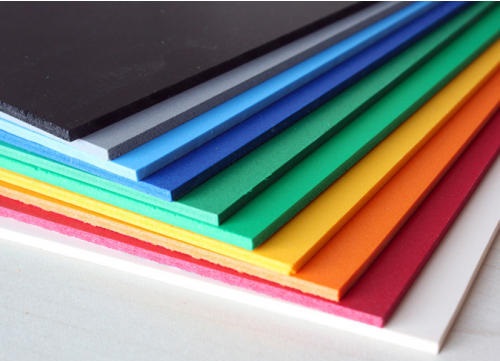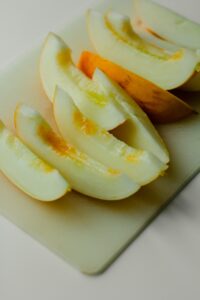High Density Polyethylene (HDPE) Sheets:

Polyethylene was first synthesized by chance by a German chemist, Hans Von Pechmanv. In 1898, while heating diazomethane, he synthesized a white waxy compound later called polyethylene.
Polyethylene is one of the simplest members of the polymer family. In other words, it is the cheapest and most widely used polymer in the world. The polymer is a Greek word that consists of two parts, “POLY” and “MER”, which means “many” and “piece”. Polymers are chemical compounds that have a large molecule that is made up of repeating parts. Polymers can be found in abundance in nature, such as wood, rubber, diamonds, graphite, and proteins. There are also synthetic polymers, such as plastics: cellophane, nylon, Nylex, glass, adhesives, and concrete.
Depending on the type of raw material used in the HDPE sheet, at a temperature lower than the mentioned amount (approximately 70 to 110 degrees), the sheet starts to soften and the molding mode begins, which can be used for thermoforming purposes. The temperature at which the HDPE sheet has good efficiency and its working temperature and can be used without changing the shape and form is the temperature range between 25 to 60 degrees.
HDPE polyethylene materials have different grades, each with its own characteristics.
As mentioned, these materials can be used in the production of films, plastic injection, and the production of pipes and fittings.
Polyethylene sheets with different densities, which are the so-called “High-Density HD”, “Low-Density LD” or LLD Linear Load Density sheets.
HDPE Sheets can be heat formed, shaped, and welded to fabricate ducts, hoods, and much more. HDPE Sheets cannot be cemented, but HDPE Sheet is easily welded with a plastic welder. HDPE Sheet can be cut with a carbide-tipped saw blade and drilled with regular metal bits. HDPE sheets can be produced in different thicknesses and colors.
Other characteristics for HDPE Sheets as:
- Acid, odor, moisture, and mildew resistant
- Extremely easy to machine
- Excellent resistance to acids, alcohols, and bases
- Excellent long term durability
- Great weather resistance
- Thermoform able
- Good flexibility and toughness
- Cost-effective versus other marine solutions
- Low-Maintenance
- UV Stabilized, all-weather resistant
- FDA approved in certain grades
- Machines well with common woodworking tools
Applications:
HDPE sheet is commonly used to create surfaces in food service areas. This can include countertops as well as cutting boards. It does not dull knives, which is critical in busy commercial settings and is compliant with all USDA and FDA regulations.
Because it can easily be sanitized, HDPE sheet is also commonly used in food preparation and packaging. The surfaces are easy to clean when needed and will not absorb bacteria from uncooked foods. The sheet can be used in custom-built cabinetry, and the durability and corrosion resistance makes these cabinets particularly popular in outdoor kitchen applications.
Food preparation is just one industry where the HDPE sheet is valuable. You will also find the material used in:
- Bottles
- Outdoor Furniture
- Kick Plates on Vehicles
- Fuel Tanks
- Playground Equipment
- Boats
- Emergency Vehicle Interior Cabinetry
In any application where corrosion or bacteria is a risk, the HDPE sheet is an excellent choice.



